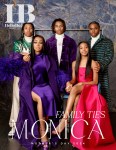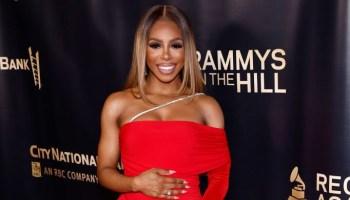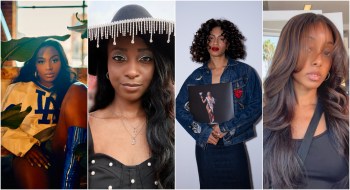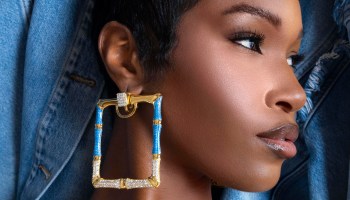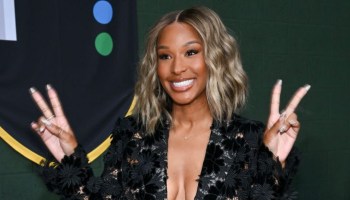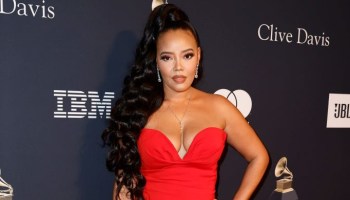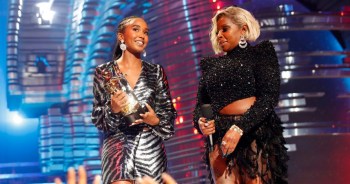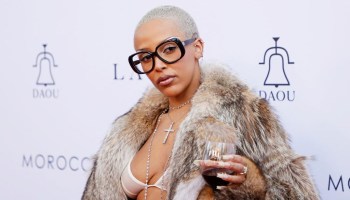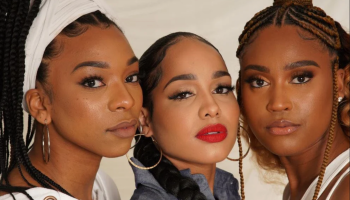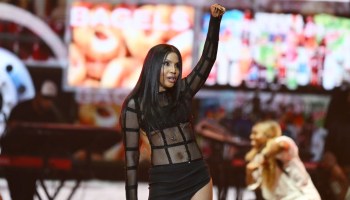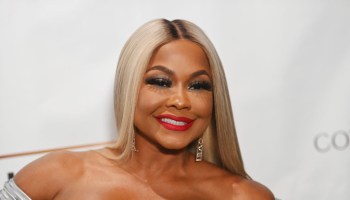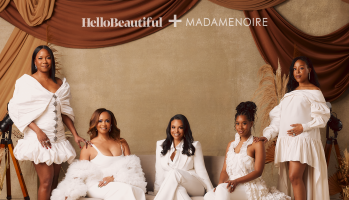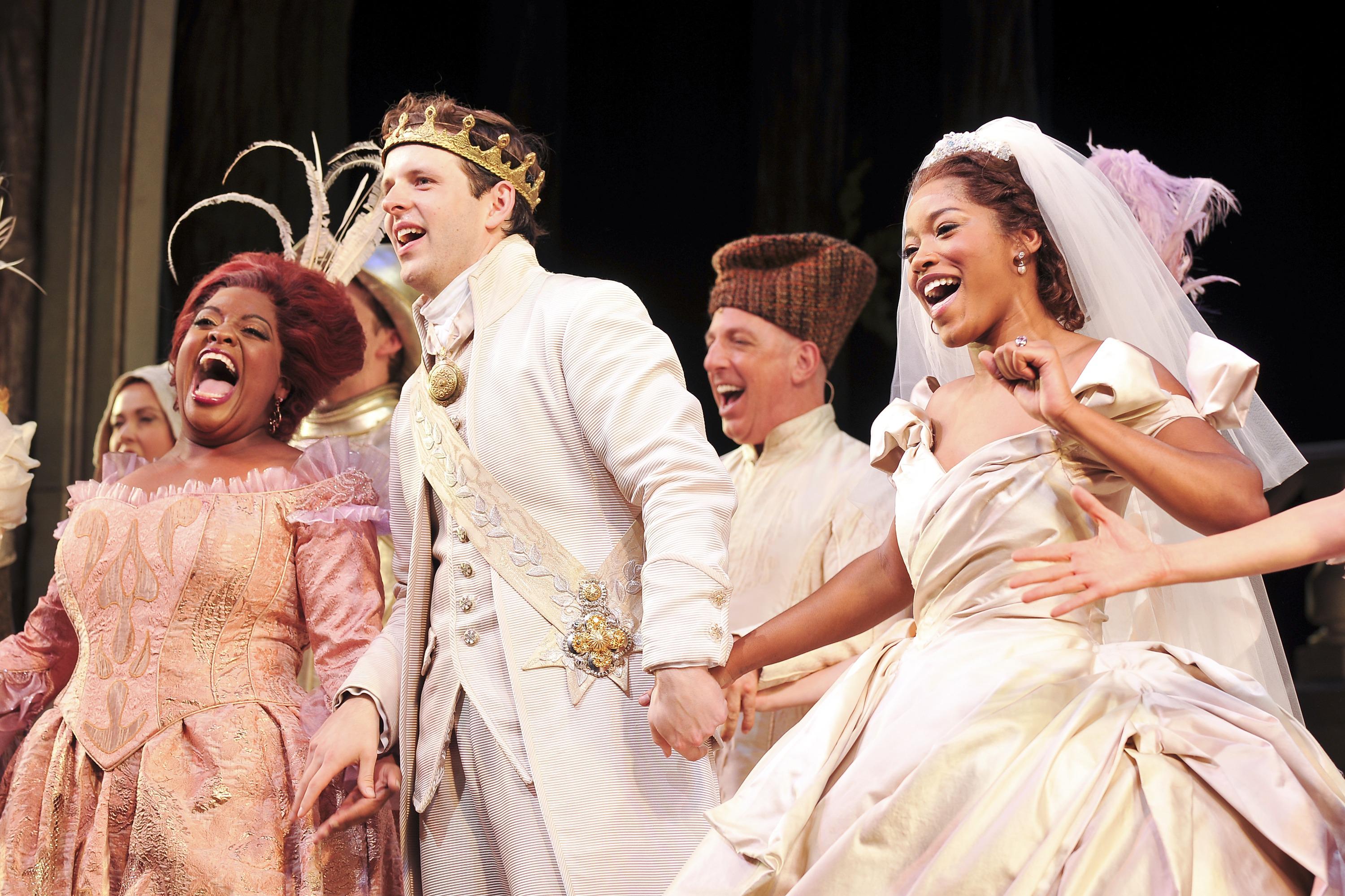
Source: Jenny Anderson / Getty
‘The Great White Way’ is seeing a serious dose of color these days.
In 2014, Black actors broke ground on Broadway when Norm Lewis became the first Black male to play the Phantom in Phantom of the Opera, and Keke Palmer played Rodger and Hammerstein’s first Black Cinderella on the stage. This year, Brandy scored another career milestone as the third notable Black actress to play femme fatale Roxie Hart in Chicago. And just last week, photos of Taye Diggs as Hedwig & The Angry Inch’s first Black male superstar hit the web to tons of excitement.
MUST READ: Rebel-A-Thon: Ava DuVernay and 40 Other Black Filmmakers Take Over Twitter
These inspiring moves are not only monumental for the actors, but also for the world of Broadway. While television and film are often called out for their extreme lack of diversity, Broadway has a long history of incorporating actors of color, as well as from the LGBT and disabled communities. And yet, despite impressive attempts at inclusivity, most people remain unaware of the strides made in the theater world.
To put it mildly, Hollywood could learn a lot from the Great White Way’s moves to culturally harmonize the stage.
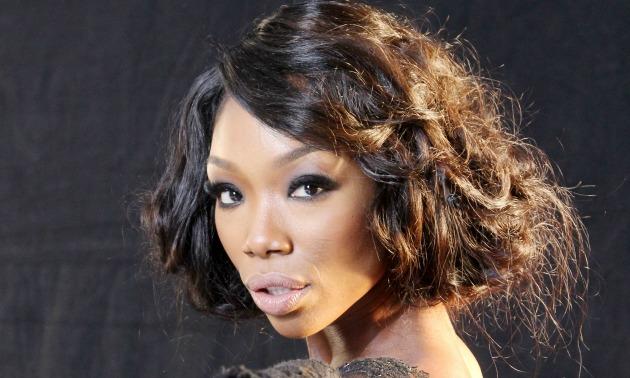
Source: Bruce Glikas / Getty
Black actors first began standing under those bright white lights in 1920 when Charles Giplin became the first Black actor on Broadway to play the lead role in The Emperor Jones. Seven years later, Ethel Waters became the first Black actress in a lead role in Africana. Meanwhile, Show Boat was the first production to feature an integrated cast and even an interracial marriage.
The Roaring Twenties gave us our “Black firsts” on Broadway, but racism and segregation marred an otherwise elegant art scene, due much in part to the terrible effects of minstrelsty.
Minstrels shows may not have been “Broadway” productions, but the racist shows garnered popularity nonetheless. Sometimes performed through the vaudeville platform (think baby Broadway), the productions continued through the 1960s, when fight for civil rights decreased their popularity.
Still, amid all of the setbacks, Black actors persevered by singing, dancing and acting their way into our hearts. More importantly, they did so not for the amusement of the White man, but out of their talent and genuine passion for the field.
In 1950, Juanita Hill was the first Black woman to win a Tony Award for a Supporting Role as Bloody Mary in South Pacific. Another Rodgers and Hammerstein production, the story was far from the famed duo’s most famous shows, but was notable for it’s tackling of the harmful affects of racism head-on.
The next 30 years would see a number of other noteworthy moments, including Diahann Carroll’s Tony Award for Best Actress in a Musical for No Strings. Vinnette Justine Carroll ‘s achievement as the first Black female director of Don’t Bother Me, I Can’t Cope, the production of Ntozake Shange’s emotional For Colored Girls Who Have Considered Suicide / When the Rainbow Is Enuf, and of course Jennifer Holliday’s portrayal of Effie White in Dreamgirls .
But the last two years have been extremely notable for their high-profile and consistent opportunities for Black stage actors. From Phyllicia Rashad’s Tony win for A Raisin In The Sun to Denzel Washington’s much-praised role in Fences, many of Hollywood’s elite Black stars turned to the stage for opportunities to showcase their talents in a different arena. And it wasn’t just A-list stars who earned huge opportunities. Actors like James Monroe Iglehart earned raves for his role as Genie in the first run of Aladdin, and shows like the Cyndi Lauper-backed Kinky Boots, with its lead of a Black drag queen, and The Color Purple with its predominantly Black cast, have earned cult followings.
This is not to suggest that Broadway has been perfect when it comes to racial dynamics, but the fact that an industry would make moves toward inclusivity, as well as balk at the notion that a lead character should always be White, is notable.
So what’s to explain for Broadway’s break from Hollywood’s status quo? For one, audiences have shown a serious craving for it. Brandy’s role as Roxie has been extended due to public demand and photos of Digg’s in his Hedwig costume appeared everywhere from People magazine to CNN.
It’s been very exciting to watch, to say the least, and the move to include more Black talent shows no signs of slowing down.
Last year, NYU Associate Professor Michael Dinwiddie told the New York Daily News: “This is an amazing time to be part of the African-American theater. The walls have been breached, and stories that reflect on our lives are reaching a broad public. At last, we’re beginning to accept theater that allows for many visions and many voices. Both as consumers and creators of American culture, we have truly arrived.”
To that, we say “Encore!”

